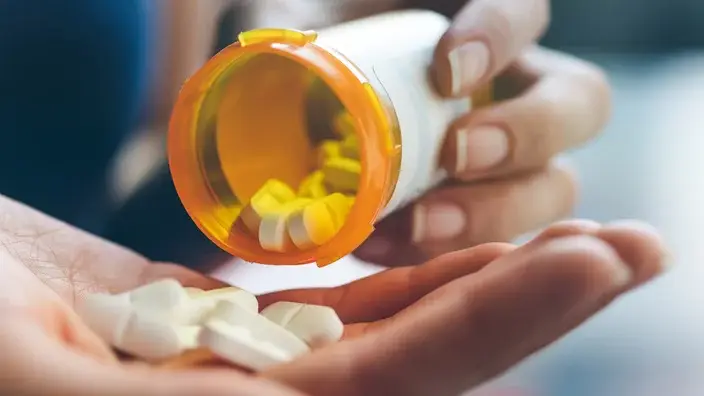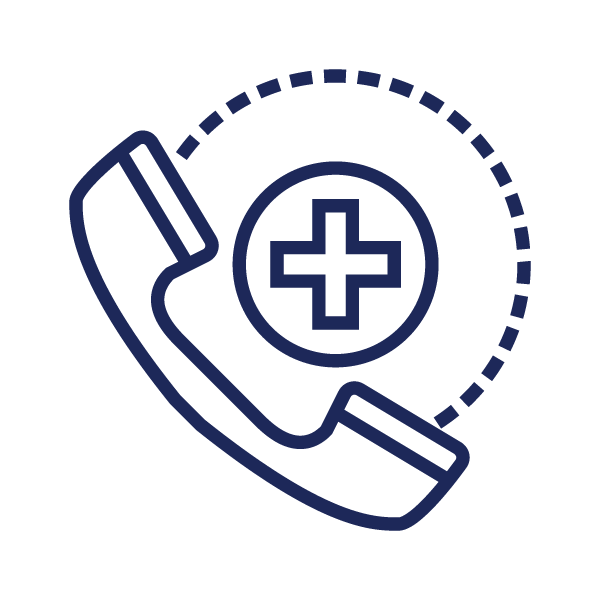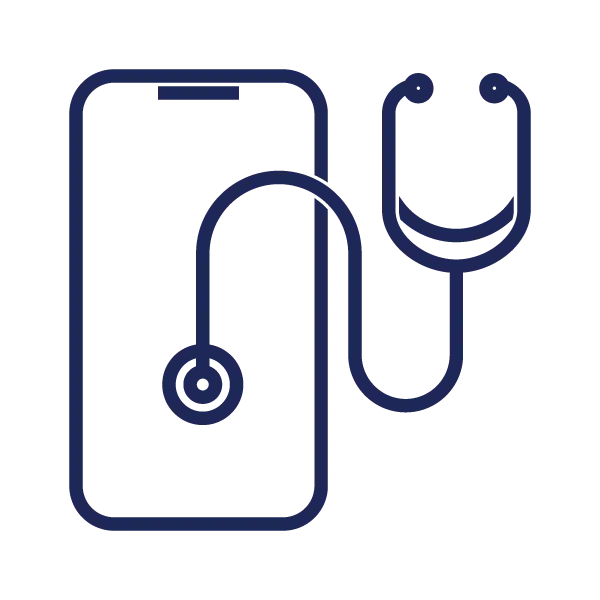Addressing the Stigma of Suboxone in Treating Opioid Use Disorder: A Call to Providers
Introduction
The opioid crisis continues to ravage communities across the globe, demanding effective and compassionate responses from healthcare providers. Despite the proven efficacy of Suboxone (buprenorphine/naloxone) in treating opioid use disorder (OUD), stigma persists within the medical community regarding its use. This stigma not only undermines treatment efforts but also perpetuates the cycle of addiction. It is imperative that providers understand the benefits of Suboxone and advocate for its use as a cornerstone in the management of OUD.
The Stigma Surrounding Suboxone
- Misconceptions about Substitution Therapy: A common misconception is that using Suboxone simply replaces one addiction with another. However, this viewpoint fails to recognize the fundamental differences between illicit opioid use and medically supervised treatment. Suboxone stabilizes patients, reduces cravings, and diminishes the risk of relapse and overdose without producing the euphoric highs associated with opioid misuse.
- Regulatory Barriers and Training Gaps: Some providers hesitate to prescribe Suboxone due to regulatory hurdles and the requirement for specific training and waivers. This can contribute to a perception that Suboxone is a complex or controversial treatment option, further discouraging its use.
- Bias and Misunderstanding: There is a persistent bias that patients on medication-assisted treatment (MAT) are not truly in recovery. This stigma is rooted in a lack of understanding about the chronic nature of addiction and the role of MAT in managing it, much like insulin is used for diabetes.
Why Suboxone Should Be Used in Patients with Opioid Use Disorder
- Proven Efficacy: Numerous studies have demonstrated that Suboxone is highly effective in reducing illicit opioid use, improving patient retention in treatment, and decreasing the risk of overdose. Patients on Suboxone are less likely to relapse compared to those receiving non-medication-based treatments.
- Safety Profile: Suboxone has a favorable safety profile. Buprenorphine, a partial opioid agonist, has a ceiling effect that reduces the risk of respiratory depression, a common cause of overdose deaths. Naloxone, included to deter misuse, adds an extra layer of safety.
- Improved Quality of Life: Patients on Suboxone often report significant improvements in their overall quality of life, including better mental health, social functioning, and the ability to maintain employment and personal relationships. This stabilization can be crucial for long-term recovery and reintegration into society.
- Harm Reduction: Suboxone plays a crucial role in harm reduction. By reducing cravings and withdrawal symptoms, it allows patients to focus on recovery activities, reduces the likelihood of risky behaviors associated with opioid use, and lowers the transmission rates of infectious diseases like HIV and hepatitis C.
- Support from Guidelines and Authorities: Major health organizations, including the World Health Organization (WHO), the National Institute on Drug Abuse (NIDA), and the American Society of Addiction Medicine (ASAM), endorse the use of Suboxone for treating OUD. These endorsements are based on extensive research and clinical evidence supporting its effectiveness and safety.
- Accessibility and Flexibility: Suboxone can be prescribed in an outpatient setting, making it more accessible to a wider range of patients. This flexibility allows for integration into various treatment plans, catering to the individual needs of patients and reducing the burden on inpatient facilities.
Conclusion
As providers, it is our responsibility to provide evidence-based care and to advocate for treatments that have been proven to save lives. Suboxone is one such treatment, with robust evidence supporting its use in managing opioid use disorder. Overcoming the stigma associated with Suboxone is essential for improving patient outcomes and addressing the opioid crisis effectively. By educating ourselves and our peers, challenging misconceptions, and embracing Suboxone as a critical tool in our therapeutic arsenal, we can make a profound difference in the lives of those struggling with addiction.






